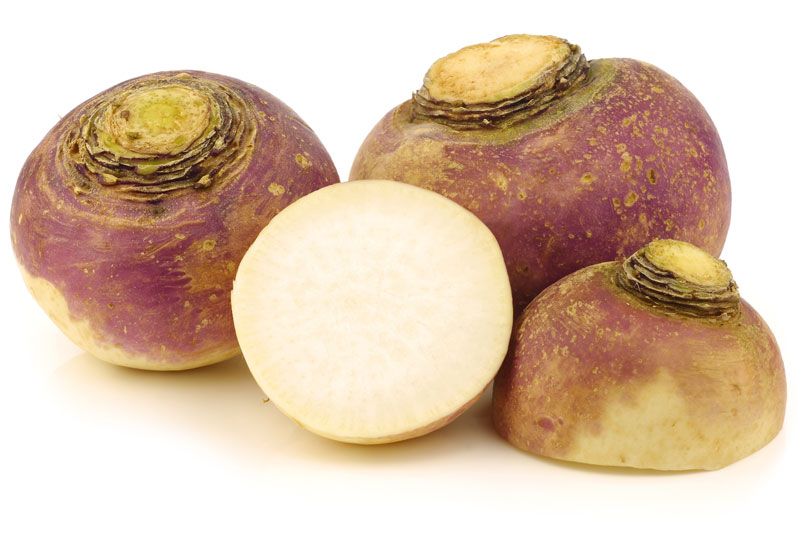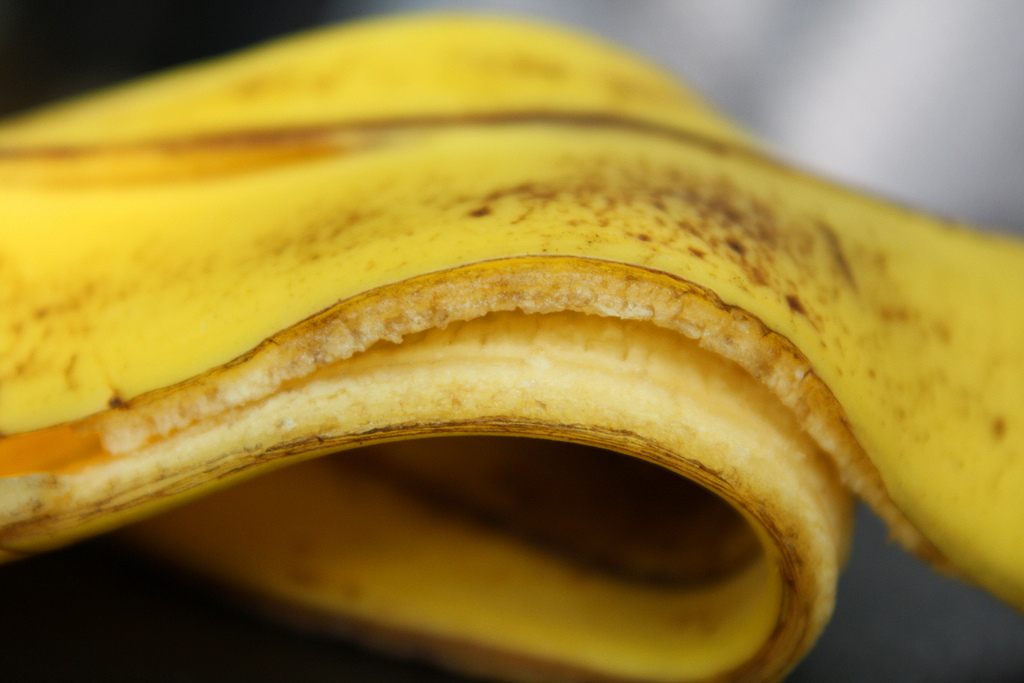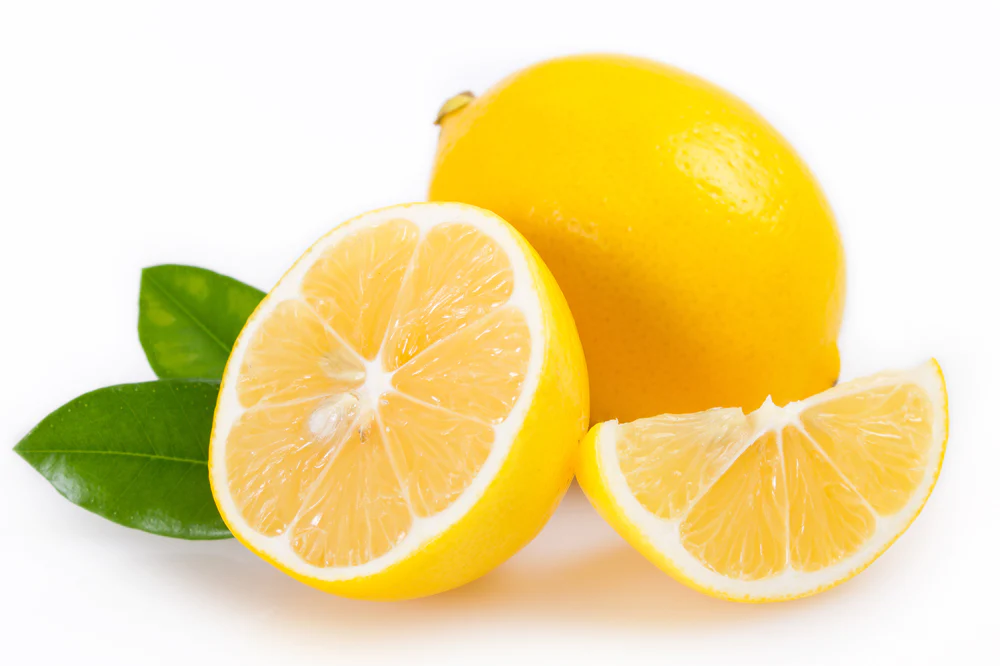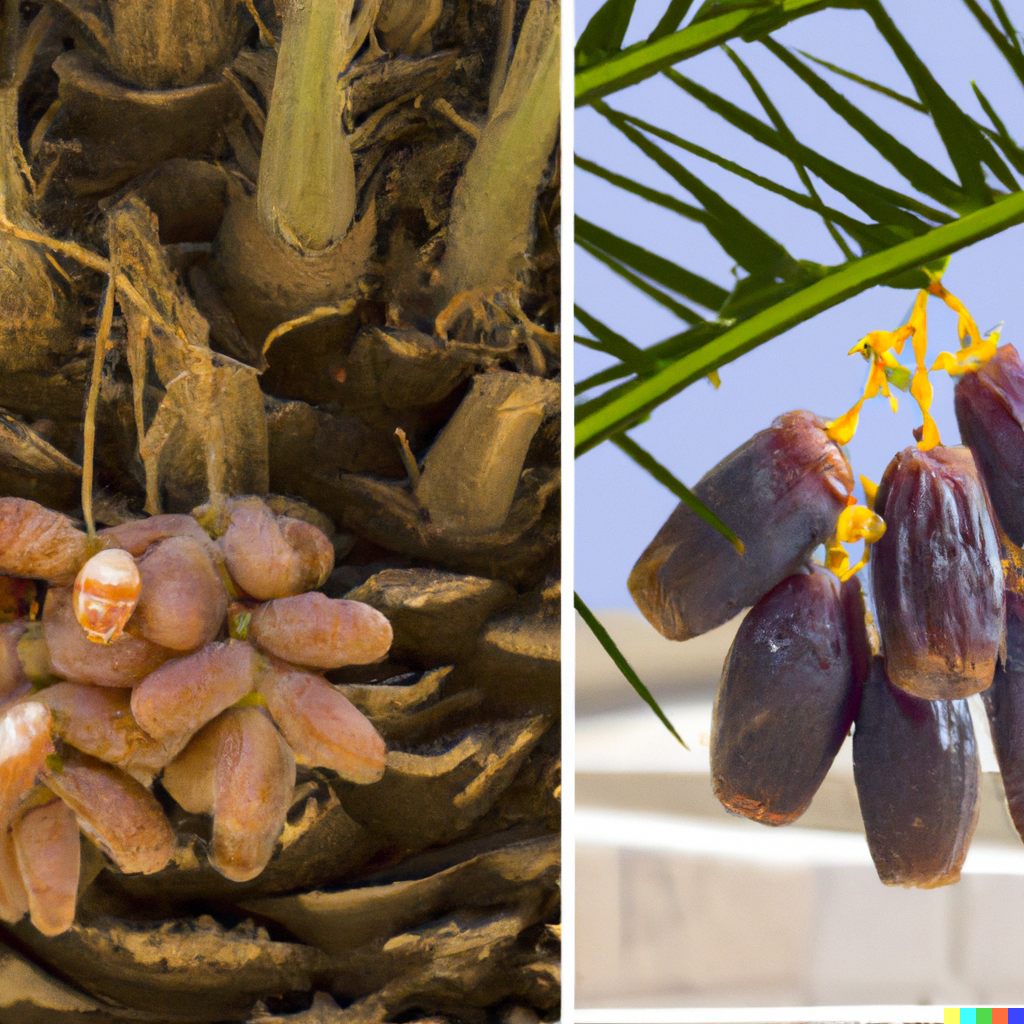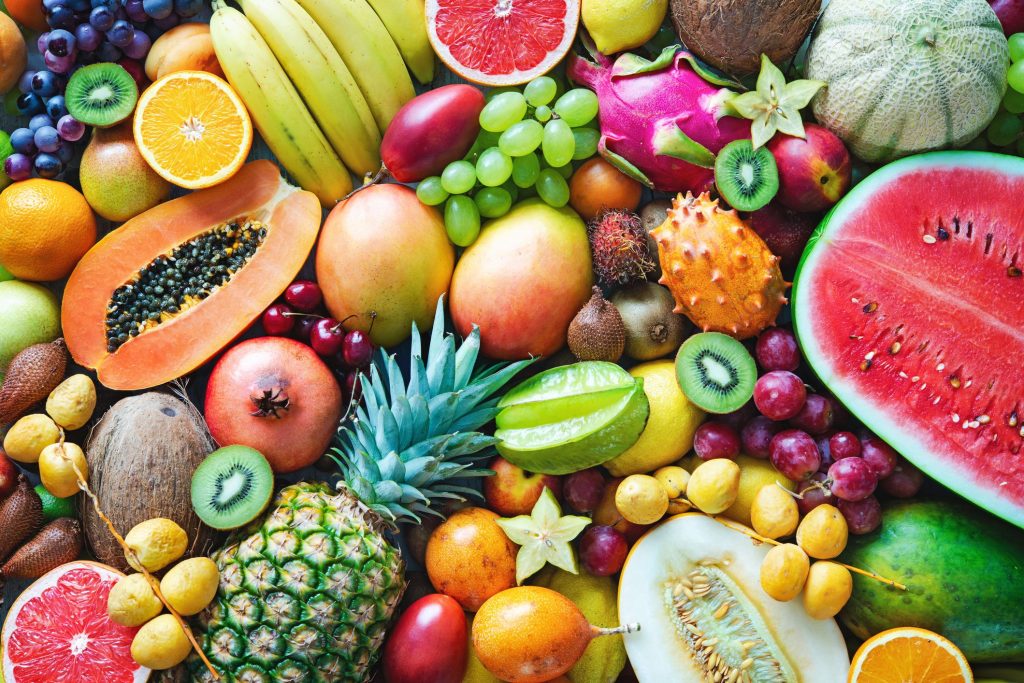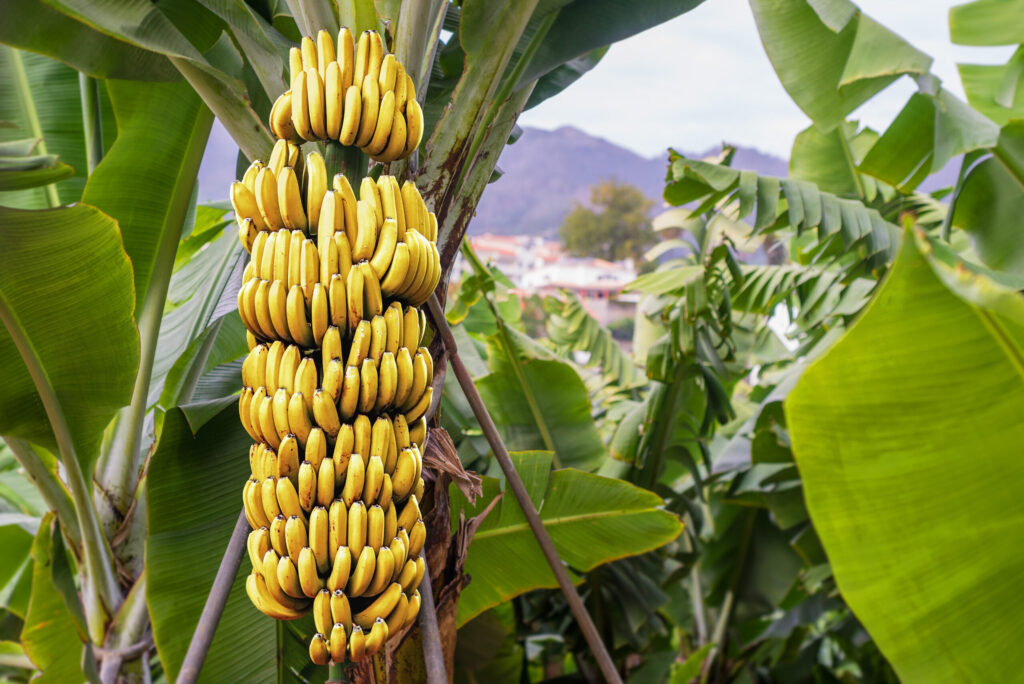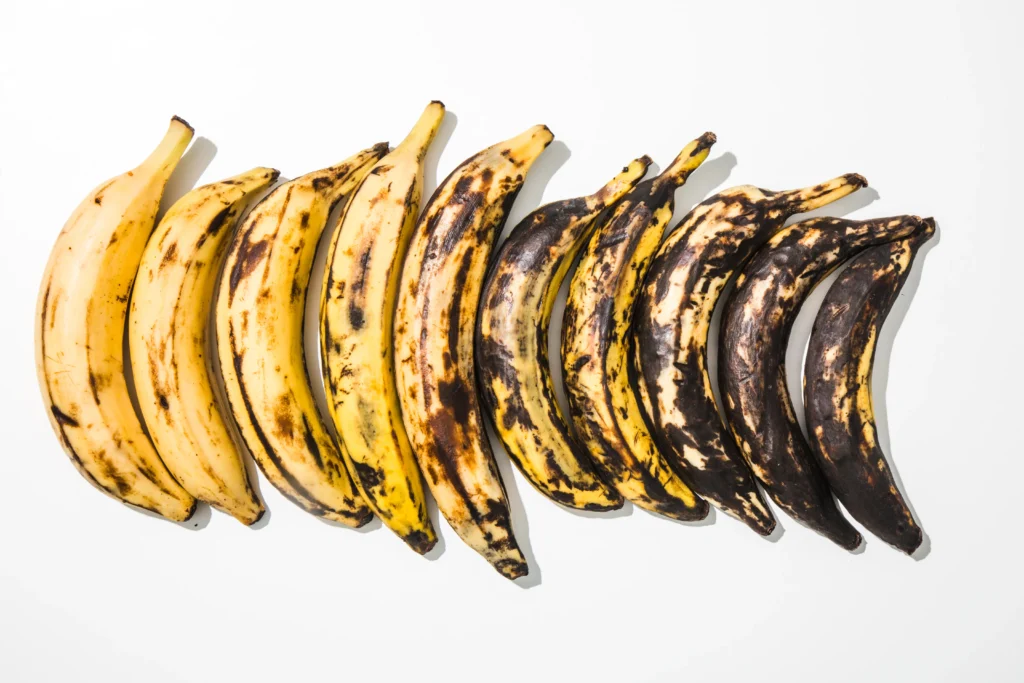Fruit salad is a tasty mix of different fresh fruits. People like it because it’s refreshing and healthy.
When you make fruit salad for a party, a day out, or just for a snack, it’s a good idea to know how long it will stay fresh. This way, you can enjoy it when it tastes best and is safe to eat.
This guide will help you understand what affects how long fruit salad stays good, how you can keep it fresh for a longer time, tips for storing it the right way, and what signs to look for to see if it has gone bad.
Table of Contents
- What Changes Fruit Salad’s Shelf Life?
- How Long Can You Enjoy Fruit Salad?
- How to Tell if Fruit Salad Is Spoiled
- Tips to Make Fruit Salad Last Longer
- Handling and Preparing Your Salad Carefully
- Using Freshness Preservers
- Cold Storage Is Key
- Best Practices for Fruit Salad Storage
- 1. Pick the Right Containers
- 2. Keeping It Covered
- 3. Be Mindful of Cross-Contamination
- 4. How to store fruit salad away from sunlight
- Handling Fruit Salad with Cream or Dressing
- 1. How long cream-based fruit salads last
- 2. Best ways to store fruit salads with cream or dressing
- Staying Safe with Fruit Salad
- 1. The dangers of eating bad fruit salad
- 2. Why following food safety rules is important
- 3. When to toss fruit salad out
- Making the Most of Overripe Fruit in Salad
- Wrapping Up
- Common Questions
- Can I freeze fruit salad to make it last longer?
- Is it okay to eat fruit salad that’s been out of the fridge for a while?
- Can fruit salad be left at room temperature?
- What can I add to fruit salad to make it even yummier?
- Can I prepare fruit salad before a party?
What Changes Fruit Salad’s Shelf Life?
Many things can change how long your fruit salad can last, including the condition of the fruit you used, how you keep it, and if you add any preservatives.
- Using fresh fruit: The type of fruits you pick and their ripeness make a big difference. Ripe, but not too ripe, and not bruised fruits are the best. Bad fruits can make the salad spoil faster.
- Keeping it right: How you keep the salad can help it stay fresh longer. Storing it in the fridge the right way fights off germs and keeps your salad tasty.
- Additives: Sometimes, fruit salads have extra ingredients added to make them last longer. But always check what these are, as they might not be great for your health.
How Long Can You Enjoy Fruit Salad?
If you store your fruit salad the right way, it usually stays fresh for 3 to 5 days. This depends on the fruits used, how you cut and mix them, and how cold your fridge is.
If you buy fruit salad, you’ll often see a ‘use by’ date on the package. Pay attention to this date and eat the salad before it passes.
Packaged fruit salads might not last as long as the ones you make at home. This could be due to how they are made and packed.
How to Tell if Fruit Salad Is Spoiled
There are some clear signs that can tell you if your fruit salad is not good anymore:
- Bad smell: A nasty or sour smell means the salad has gone bad.
- Mold or color change: If you see mold or the fruits have changed color in a weird way, the salad is spoiled.
- Soft and slimy: When the fruits get too mushy or slimy, you shouldn’t eat them.
- Strange taste: If the taste seems off, like it’s fermenting or just not right, it’s best to throw it away.
Tips to Make Fruit Salad Last Longer
Handling and Preparing Your Salad Carefully
There are things you can do to keep your fruit salad good for as long as possible:
- Clean your fruits: Wash and dry all fruits well. This gets rid of dirt and germs that can make them go bad quickly.
- How to cut and keep them: Chop the fruits in even sizes to help them all stay fresh equally. Keep the pieces in the fridge until you’re ready to mix them, which helps each type of fruit stay as fresh as possible.
Using Freshness Preservers
Certain ingredients can help your fruit salad keep its freshness for longer:
- Lemon juice: Sprinkling some lemon juice on your fruit mix helps stop the fruits from getting brown and can help the salad stay nice and fresh.
- Honey: Honey is sweet and also a natural keeper. It stops germs from growing.
Cold Storage Is Key
Keeping your fruit salad cold is really important. A tight container kept at a cool temperature (below 40°F or 4°C) in the fridge is best. Also, try not to put it near food that smells strong to stop it from picking up those smells.
Best Practices for Fruit Salad Storage
How you keep your fruit salad can affect how long it will stay good. Here are some good storage tips:
1. Pick the Right Containers
- Glass containers: These are really good to use because they don’t hold onto odors or flavors, meaning your fruit salad stays tasting the way it should.
- Plastic containers: Choose plastic containers made for storing food. They should be BPA-free and have lids that shut tight to keep air and moisture out.
2. Keeping It Covered
- Plastic wrap: Putting plastic wrap over your bowl of salad can help keep the air out and keep the fruits moist.
- Tight lids: Lids that close well do a great job of keeping the air out and keeping your fruit salad fresh.
3. Be Mindful of Cross-Contamination
Always keep your fruit salad away from raw meat, fish, or poultry in the fridge to stop germs from spreading from one to the other.
Keep the fruit salad on a separate shelf or in a different compartment in your fridge to make sure it stays safe to eat.
4. How to store fruit salad away from sunlight
Light from the sun can make fruit salad go bad quicker and lose its good stuff. Always put the salad in the fridge to keep it cool and dark, so it stays fresh and healthy for longer.
Handling Fruit Salad with Cream or Dressing
If you add cream or dressing to your fruit salad, there are extra things to think about.
1. How long cream-based fruit salads last
Fruit salads with cream or dressings that have dairy in them don’t last as long as those without. Cream can go bad quickly, which may make the whole salad not good to eat. This type of fruit salad can be okay in the fridge for 1-2 days usually.
2. Best ways to store fruit salads with cream or dressing
Here are some tips to keep your creamy fruit salad nice and fresh:
- Store it in the fridge all the time.
- Eat it within 1 to 2 days.
- Don’t leave it out of the fridge for too long.
- Throw away any leftovers that haven’t been chilled for more than 2 hours.
Staying Safe with Fruit Salad
Fruit salads are usually super healthy and safe to eat, but you still need to be careful about how you handle and store them.
1. The dangers of eating bad fruit salad
If you eat fruit salad that has gone bad, you could get sick from germs or mold. If this happens, you might feel sick to your stomach, throw up, have diarrhea, or get stomach aches.
So it’s super important to eat your fruit salad while it’s still fresh and throw it out if you think it’s not good anymore.
2. Why following food safety rules is important
To keep your fruit salad safe to eat, remember to:
- Wash your hands really well before dealing with the fruits.
- Always use clean tools and chopping boards to make your salad.
- Keep the salad cool in the fridge to stop germs from growing.
- Be clean and careful with how you store and handle the salad to keep it from getting yucky.
3. When to toss fruit salad out
If you’re unsure about your fruit salad—if it looks weird, feels slimy, or smells funny—it’s best to just throw it out. Better safe than sorry!
Making the Most of Overripe Fruit in Salad
Don’t waste fruit that’s too ripe! Use them to make a yummy fruit salad instead.
Even if they’re too mushy to eat on their own, overripe fruits can still add great taste and texture when mixed with other fruits. Get creative, cut down on waste, and enjoy a tasty and nutritious snack with overripe fruits.
Wrapping Up
It’s really important to know how to keep your fruit salad yummy and fresh for as long as possible. Doing things like picking fresh fruits, being clean when you make your salad, and keeping it cold in the fridge can go a long way.
If you make your own or buy your fruit salad, just stick to these tips. This will help it last longer, taste better, and keep all the healthy benefits. So go make an amazing fruit salad and enjoy every single bite!
